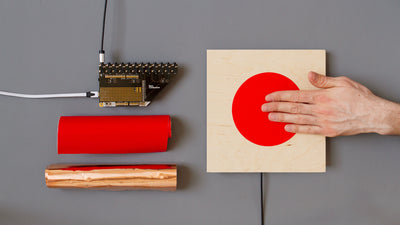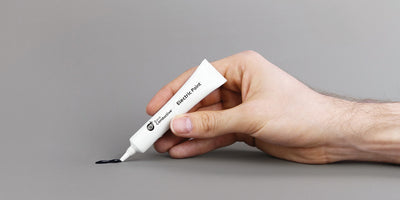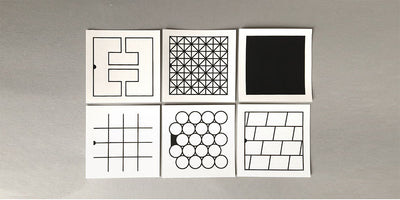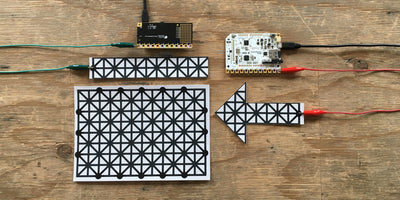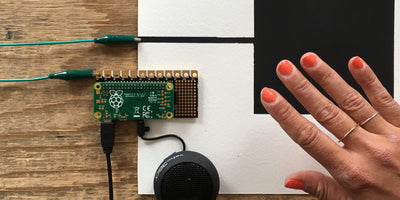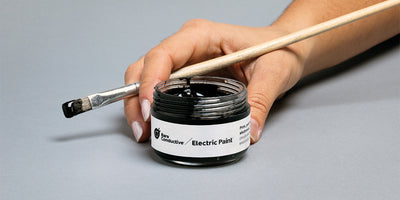5 Ways to Use Printed Sensors

The Printed Sensors feature a specifically designed, intricate pattern, which is screen printed on paper with Electric Paint. The sensors are sealed, meaning they are water resistant and smudge proof. They have 16 exposed and unsealed access nodes, which you can connect to various boards. Here are 5 ways to use the Printed Sensors.
We love it when you share your projects! Post your project on Instagram, YouTube, or Twitter, and make sure to tag @bareconductive or use #bareconductive. You can also send your videos and photos to info@bareconductive.com so we can post them on our site for the world to see.
Proximity Sensors
The pattern of the Printed Sensors is ideal for proximity sensing projects using our Touch Board, Pi Cap or Light Up Board. You can connect the Printed Sensors to a board, either with crocodile clips or cold soldering, through one of the exposed 16 access nodes. This allows you to quickly build proximity prototypes; approach the sensors to change the light of an LED or adjust the volume!
Durable Touch Sensors
Of course, you can also use the Printed Sensors as touch sensors. Because the sensors are sealed, they are resistant to smudging and water. So if you are making a paper light switch, using the Printed Sensors will mean the switch should last you a longer time.

Design Custom Sensors
The Printed Sensors have 16 exposed nodes, which you can connect to various boards. That means you can cut a single Printed Sensor sheet into 16+ individual small sensors, depending on their size. This is great when you want to quickly make small or custom sized sensors for boards - no drying time necessary. Get creative and cut shapes like arrows to be used as buttons for games!

Flexibility
The seal on the Printed Sensors allows you to bend the paper as you wish. When you previously tried to bend the Electric Paint, chances are it might have cracked. But with the Printed Sensors, you can now create 3D shapes, like small pyramids or cubes.

Compatibility
You can use the Printed Sensors with our Touch Board, Pi Cap or Light Up Boards, but did you know that you can also connect the sensors to any other device that makes use of conductive sensors? For example, you can connect the sensors to a Makey Makey board! You can cut out arrows or a cursor from the sensors and connect them to the Makey Makey with crocodile clips.



